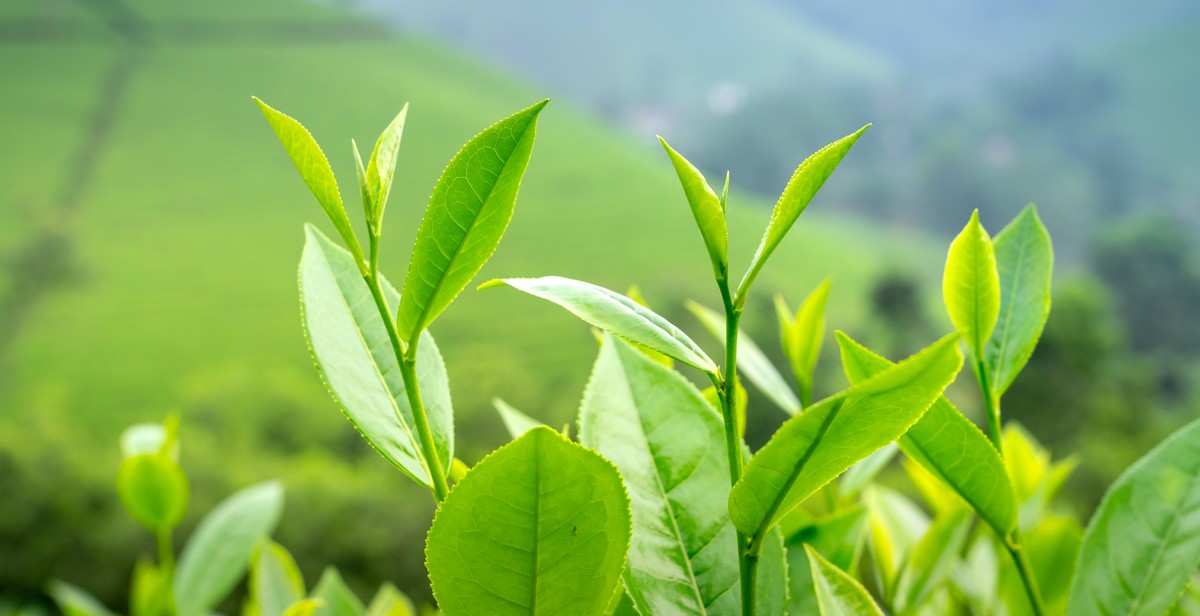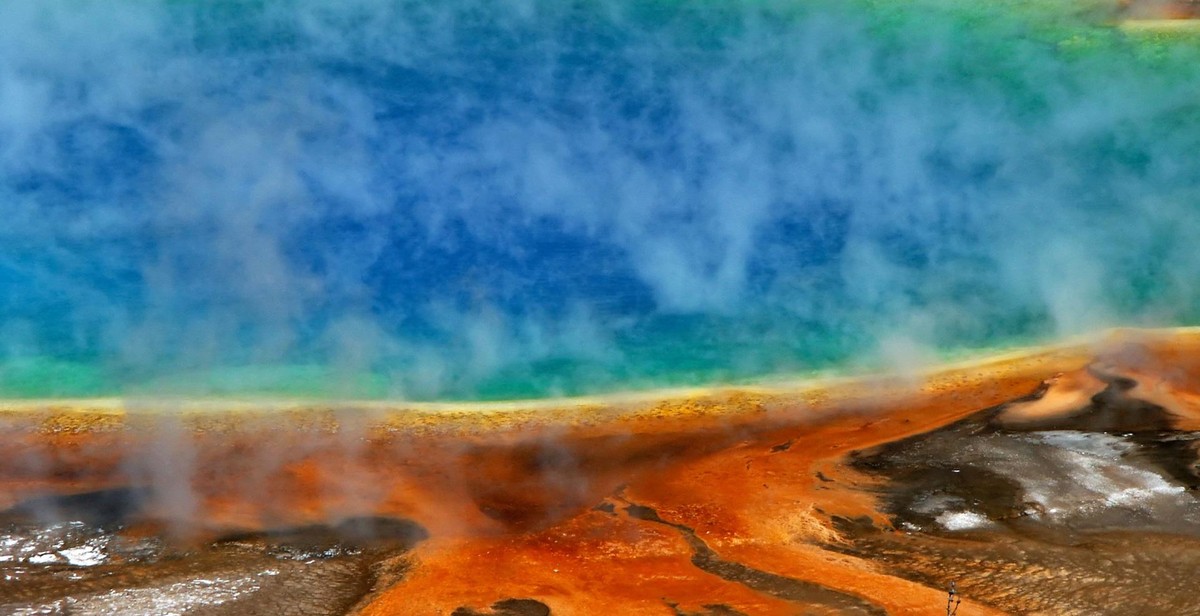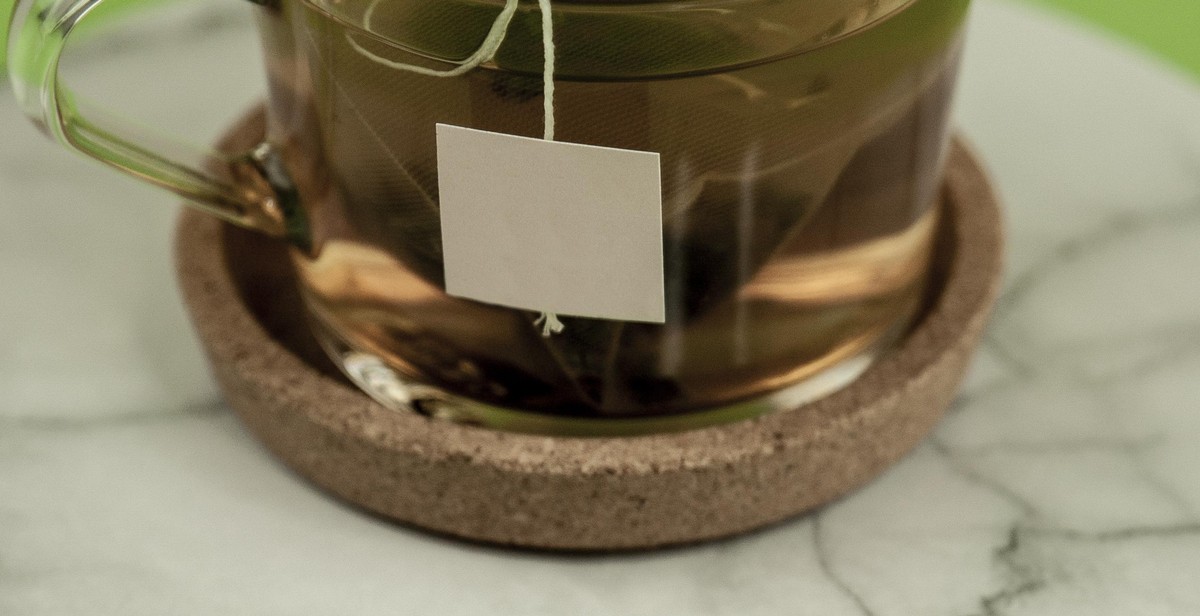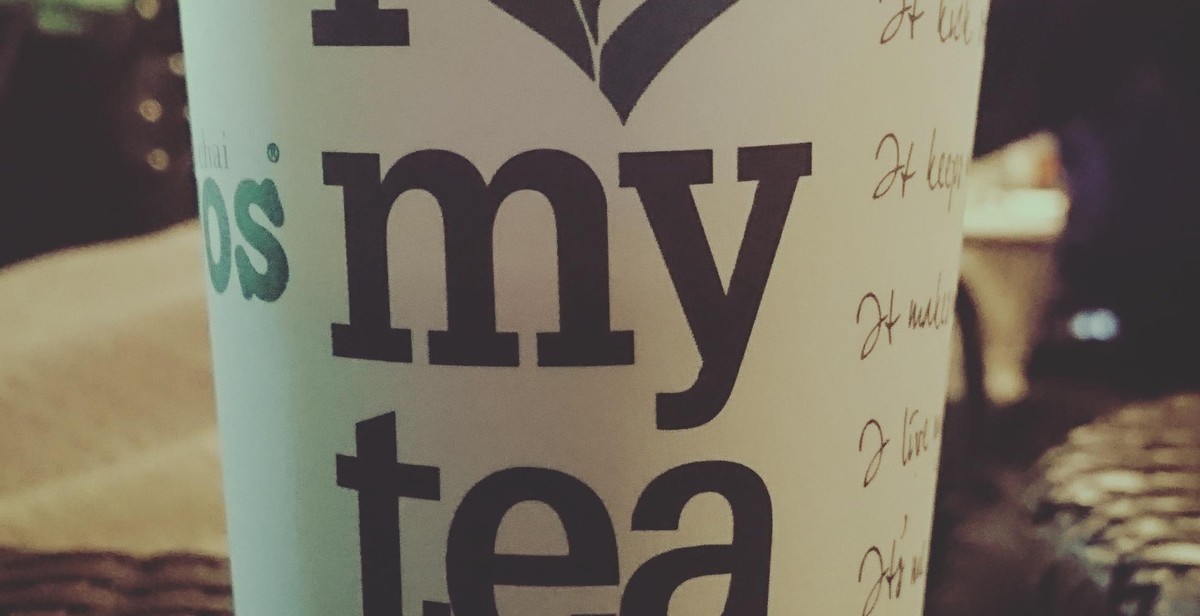Introduction: Why Green Tea?
Green tea has been a popular beverage in many cultures for centuries. It is known for its numerous health benefits, including boosting metabolism, reducing the risk of heart disease, and improving brain function. Additionally, it is a great alternative to coffee for those who want to reduce their caffeine intake.
However, many people struggle to brew the perfect cup of green tea. They often end up with a bitter and unpleasant taste, which can be discouraging. In this article, we will explore the best practices for brewing the perfect cup of green tea, including the ideal water temperature, steeping time, and the types of green tea available.
The Benefits of Drinking Green Tea
Green tea is packed with antioxidants and nutrients that have a positive impact on overall health. Some of the benefits of drinking green tea include:
- Reducing inflammation in the body
- Lowering the risk of cancer
- Improving brain function and reducing the risk of Alzheimer’s and Parkinson’s disease
- Reducing the risk of heart disease and stroke
- Boosting metabolism and aiding in weight loss
With so many benefits, it’s no wonder that green tea has become a popular beverage choice for health-conscious individuals.

Choosing the Right Tea Leaves
Loose Leaf vs. Tea Bags
When it comes to choosing the right tea leaves, one of the first decisions you will need to make is whether to use loose leaf tea or tea bags. While tea bags are more convenient, loose leaf tea offers a higher quality and fresher taste. This is because tea bags are often filled with lower quality tea leaves and tea dust, which can result in a weaker flavor and aroma. On the other hand, loose leaf tea is made up of whole, unbroken leaves that are able to expand and release their full flavor during brewing.
If you do decide to use tea bags, be sure to look for high-quality tea bags made from whole leaves, rather than tea dust or fannings. Additionally, consider investing in a tea infuser to brew loose leaf tea, as this will allow the leaves to fully expand and release their flavor.
Quality of Leaves
The quality of tea leaves you choose will greatly impact the taste and aroma of your green tea. When choosing tea leaves, look for leaves that are plump, unbroken, and have a vibrant green color. Avoid leaves that are dull, broken, or have a yellowish hue, as this can indicate lower quality or stale leaves.
Another factor to consider is the region where the tea leaves were grown. Different regions and climates can produce different flavors and aromas in the tea leaves. For example, Japanese green tea is known for its grassy and vegetal taste, while Chinese green tea is often more floral and sweet.
| Region | Flavor Profile |
|---|---|
| Japan | Grassy, Vegetal |
| China | Floral, Sweet |
| Taiwan | Smooth, Fruity |
Ultimately, the quality of your tea leaves will determine the quality of your green tea. By choosing high-quality, whole leaf tea and paying attention to the region and climate where the tea was grown, you can brew a delicious and flavorful cup of green tea every time.

Preparing the Water
Water is the most important ingredient when it comes to brewing the perfect cup of green tea. The quality and temperature of the water can greatly affect the taste and aroma of the tea. In this section, we will discuss how to prepare the water for brewing green tea.
Water Temperature
The temperature of the water is crucial when it comes to brewing green tea. If the water is too hot, it can make the tea taste bitter and astringent. If the water is too cold, the tea may not steep properly and the flavor may be weak.
The ideal temperature for brewing green tea is between 160°F (71°C) and 180°F (82°C). If you don’t have a thermometer, you can simply bring the water to a boil and then let it cool for a few minutes before pouring it over the tea leaves.
Water Quality
The quality of the water you use can also affect the taste of your green tea. It’s best to use filtered or bottled water to avoid any impurities or chemicals that may be present in tap water. If you don’t have access to filtered or bottled water, you can boil tap water and let it cool before using it for brewing.
It’s important to note that hard water can also affect the taste of your tea. If you live in an area with hard water, you may want to consider using a water softener or purchasing bottled water for brewing your green tea.
By paying attention to the temperature and quality of the water, you can ensure that you are brewing the perfect cup of green tea every time.

Brewing the Tea
Now that you have learned about the different types of green tea, let’s move on to the brewing process. Brewing green tea may seem simple, but there are a few important factors to keep in mind to achieve the perfect cup.
Amount of Tea Leaves
The amount of tea leaves you use will depend on the size of your teapot or teacup. As a general rule, use 1 teaspoon of loose-leaf green tea for every 8 ounces of water. If you are using a teapot, you can adjust the amount of tea leaves accordingly. However, if you are using a teacup with an infuser, make sure not to overfill the infuser with tea leaves. This can result in a bitter taste.
Brewing Time
The brewing time for green tea is crucial to achieve the perfect cup. Over-brewing can result in a bitter taste, while under-brewing can result in a weak and watery cup. As a general rule, green tea should be brewed for 2-3 minutes. However, this may vary depending on the type of green tea you are using. For example, delicate green teas such as Dragonwell or Gyokuro should be brewed for a shorter time, while heartier green teas such as Gunpowder or Sencha can be brewed for a longer time.
Teapot or Teacup?
Whether to use a teapot or teacup for brewing green tea is a matter of personal preference. If you are brewing green tea for multiple people, a teapot may be more convenient. However, if you prefer to savor your tea alone, a teacup with an infuser can be a great option. A teacup with an infuser allows you to brew your tea directly in the cup and can be easily transported to your favorite spot to enjoy.
| Factor | Guideline |
|---|---|
| Amount of Tea Leaves | 1 teaspoon of loose-leaf green tea for every 8 ounces of water |
| Brewing Time | 2-3 minutes, varying on the type of green tea |
| Teapot or Teacup? | Personal preference, based on convenience and preference for savoring tea alone or with others |

Serving the Tea
After brewing the perfect cup of green tea, it’s time to serve and enjoy it. Here are some tips on how to serve green tea:
Tea Accessories
When it comes to serving green tea, having the right accessories can make a big difference. Here are some common tea accessories that can enhance your tea drinking experience:
- Teapot: A teapot is a must-have for brewing and serving tea. It allows for easy pouring and can keep the tea warm for longer periods of time.
- Teacups: Using the right teacup can enhance the aroma and flavor of the tea. Choose a cup that is thin and has a curved shape to allow the tea to cool down slightly before drinking.
- Tea strainer: If you’re using loose leaf tea, a tea strainer can help remove any tea leaves that may have escaped the infuser.
- Tea tray: A tea tray can catch any spills and keep your serving area clean and organized.
Pairing with Food
Green tea can be enjoyed on its own, but it can also be paired with certain foods to enhance the flavor profile. Here are some food pairing suggestions:
| Food | Flavor Profile |
|---|---|
| Sushi | The umami flavor of sushi pairs well with the vegetal notes of green tea. |
| Dark chocolate | The bitterness of dark chocolate is balanced out by the sweetness of green tea. |
| Fruit salad | The light and refreshing taste of green tea complements the freshness of fruit salad. |
Experiment with different food pairings to find your perfect match. Whether you’re enjoying green tea on its own or with food, remember to savor every sip and appreciate the delicate flavors and aromas.

Conclusion
Green tea is a refreshing and healthy beverage that has been enjoyed for centuries. Brewing the perfect cup of green tea requires attention to detail and a few simple steps. By selecting high-quality tea leaves, using the right temperature water, and steeping for the appropriate time, you can enjoy a delicious and satisfying cup of green tea.
Tips for Brewing the Perfect Cup of Green Tea
- Use high-quality green tea leaves
- Boil water and let it cool to the appropriate temperature
- Steep for 1-3 minutes
- Experiment with different brewing methods to find your preferred taste
Benefits of Drinking Green Tea
In addition to its delicious taste, green tea has numerous health benefits. It is packed with antioxidants that can help to reduce inflammation, improve brain function, and lower the risk of certain diseases. Drinking green tea regularly can also help to boost your metabolism, aid in weight loss, and improve overall well-being.
Start Brewing Today
Now that you know how to brew the perfect cup of green tea, it’s time to get started. Whether you’re looking for a morning pick-me-up or a relaxing evening beverage, green tea is the perfect choice. So, grab your favorite tea leaves, boil some water, and start brewing today!
